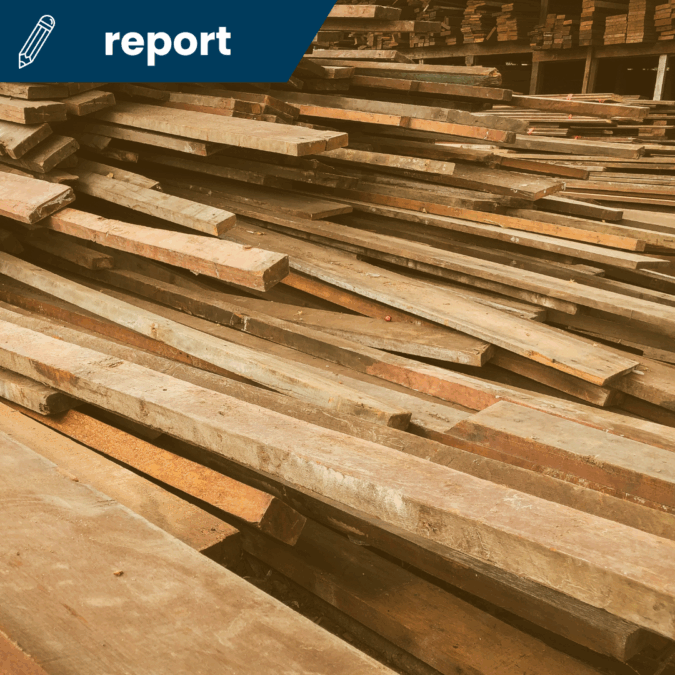Author/Contributor: Circular Economy Unit, Waste Reduction and Management Division, Environmental Protection Branch/Environment and Climate Change Canada
Alberta Context:
This case study highlights a laneway house in Toronto built using over 4,400 board feet of salvaged lumber. Project partners Ouroboros Deconstruction and Royston D’Souza jumped through regulatory and practical hurdles to reintegrate construction, renovation, and demolition (CRD) wood into a new build. This demonstrated a replicable, circular economy model for the construction sector.
Though focused on Ontario, the findings are highly relevant in Alberta, where the construction, renovation, and demolition (CRD) sector significantly contributes to landfill waste. The (CRD) industry sector accounts for 40% of Canada’s landfill waste, with about 30% of that being lumber. These are national challenges that Alberta shares.
Summary:
The report outlines key challenges such as building code compliance and “regrading” salvaged wood. It provides practical solutions to help mainstream reclaimed lumber in new home construction.
Key highlights:
- Canada needs 3.5 million new home units by 2030 – strategies like reusing lumber reduce the embodied carbon footprint of construction.
- CRD waste accounts for 40% of the waste in Canada’s landfills, with lumber making up nearly a third of that 40%.
- Streamlining “regrading” and certification could support wider adoption of salvaged structural wood.
Read the full case study Scaling-up circularity in new home construction here.
Associated Resources:
- Build Reuse. Empowering communities to turn construction and demolition waste into local resources: buildreuse.wildapricot.org
- Build Reuse Knowledge Directory, “Salvaged Structural Wood in Building Codes” allanswered.com/kb/build-reuse/doc/ommlgm/salvaged-structural-wood-in-buildingcodes
- International Society of Wood Science and Technology. Assuring high standards for professional performance of wood scientists and technologies: swst.org/wp
- ReuseWood. North America’s Wood Reuse and Recycling Directory: reusewood.org

